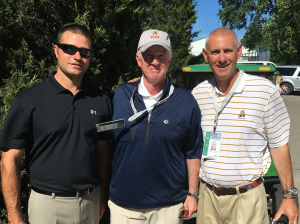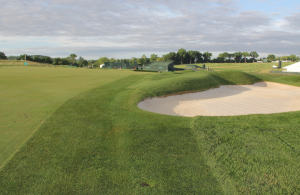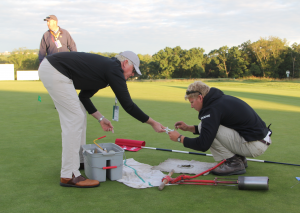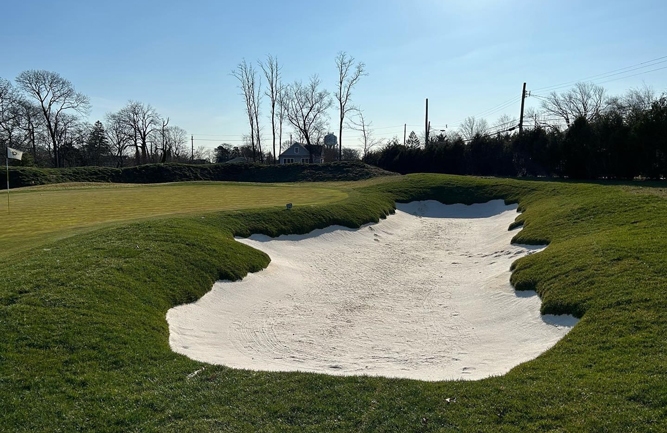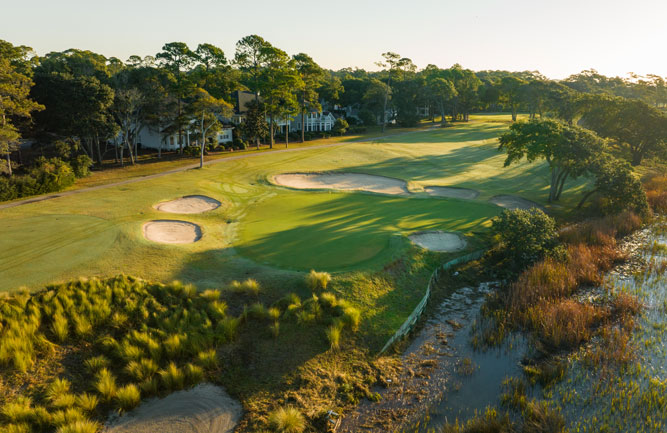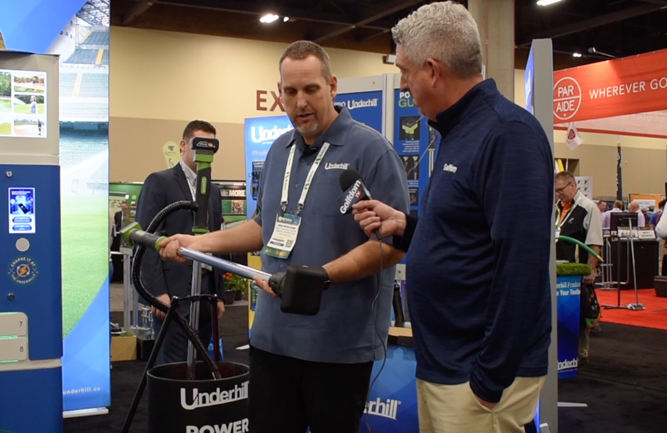Marzolf: “The quality of turf here is as good as any course in America”
I caught up with Fazio Golf Course Design’s Tom Marzolf, ASGCA, today. One of the nicest guys in all of the business, in my opinion. And the guy has stories! Fazio Design is getting some amazing contracts, and I just have to hope that one day my phone rings to come be the one to tell one of these stories.
I asked Marzolf his thoughts on the way the course looked on the Monday of U.S. Open week. He was clearly thrilled.
“The quality of the turf here now is as good as any club in America,” Marzolf said. “You see that you don’t need trees to play golf. This is an example of what other clubs should follow, especially in this part of the country where trees give superintendetns a hard time growing grass. In terms of preparation of the event, it’s amazing to see a golf course of this level. I’ve never seen a golf course look this good, this ready, for the toughest test of the year.”
Marzolf also said that in his opinion, the course is firmer than it has been in previous years, with better plant health.
“The conditioning is even firmer than in 2007 or 2010 — firmer approaches and firmer greens,” he said. “The work that John (Zimmers) continues to do to improve approaches and greens is showing up in the health of the turf.”
One thing Marzolf said that he is looking forward to observing is the new mowing patterns the Oakmont team is doing around the fairways, leading into bunkers. The turf is more closely-mown than before, encouraging balls to roll fast enough to end up in bunkers — a better fate than ending up in the brutal rough.
“That’s the big question this week — what does that do to scoring compared to ’07? The question right now is, does that make the course somewhat easier, because slight misses that would hang in the rough and not go into a bunker in the previous set-up, will the ball release and then go into the sand, and does that lower scoring?” Marzolf wondered. “It’s a question in my mind. Because the detail mowing that is being done right now is a lot more work. Everyone likes the way it looks, but what does it do to scoring? Will it have an impact?”
Finally, Marzolf spoke to me about the restoration of the course, a project that, like many architects, he’s quick to applaud.
“It’s a lot of hard work to take a course that was, in 1994, a tree-lined golf course, wall-to-wall trees, and here’s a club in the top 10 that decides to change it’s identity, change it’s appearance, and a risky thing to take a golf course completely different than what it was, and restoring it to Fownes’ (original design),” Marzolf said. “I’d say it’s a great example of a club that’s held on to its roots, in a risky way, and they’ve become a trendsetter.”
This course is close to Marzolf’s heart. He’s out cutting cups in the morning, working with the set-up crew. Think of the big-time golf construction projects Tom does around the world, and he’s come all the way to Oakmont to cut cups!
Photos: Golfdom







